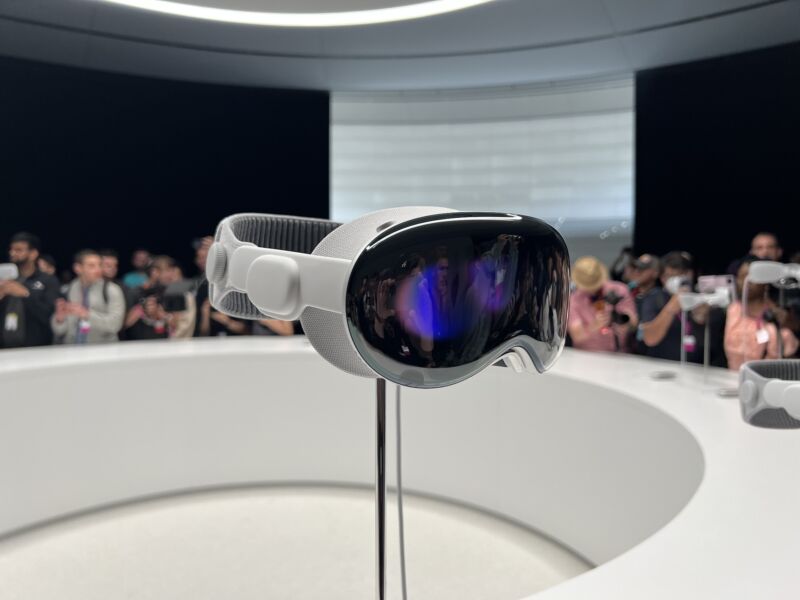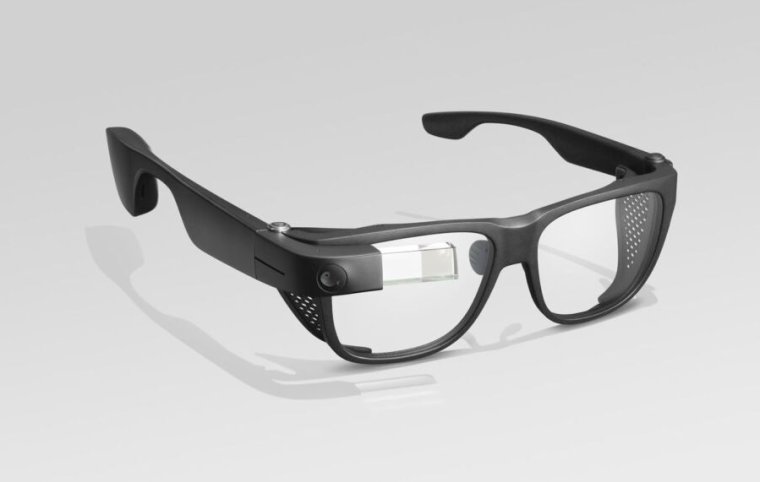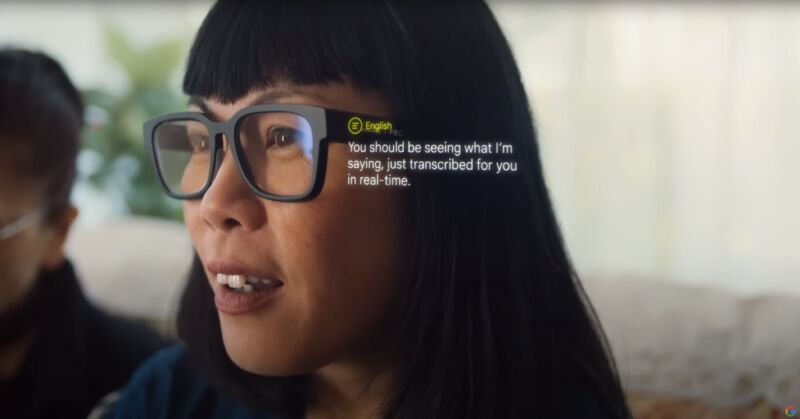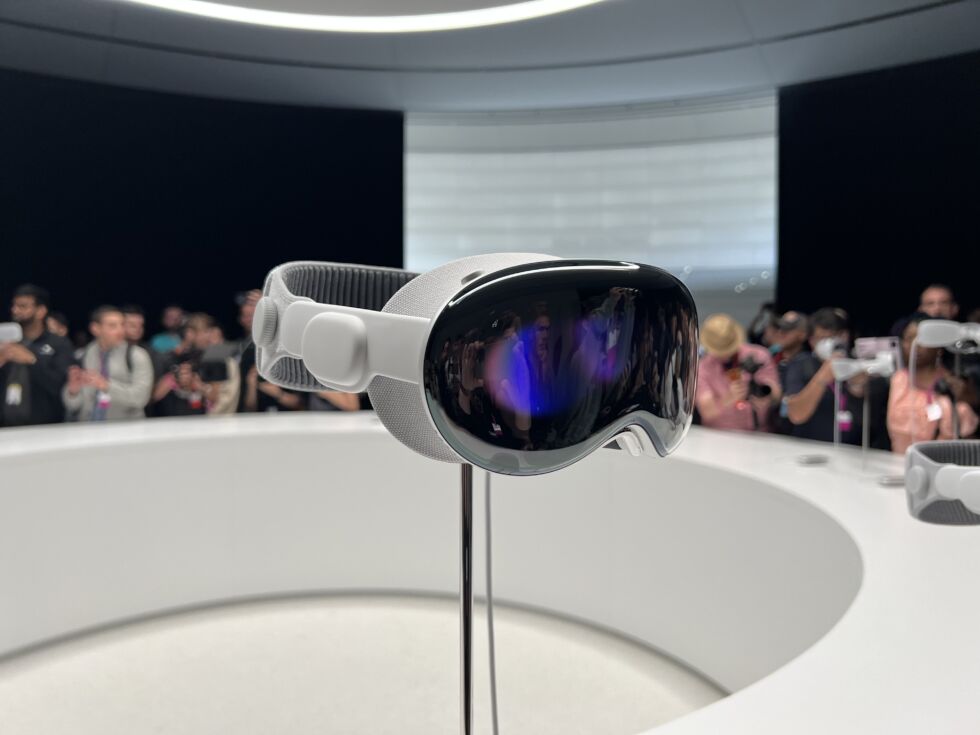-
 chevron_right
chevron_right
What I learned from the Apple Store’s 30-minute Vision Pro demo
news.movim.eu / ArsTechnica · Wednesday, 7 February - 21:46 · 1 minute
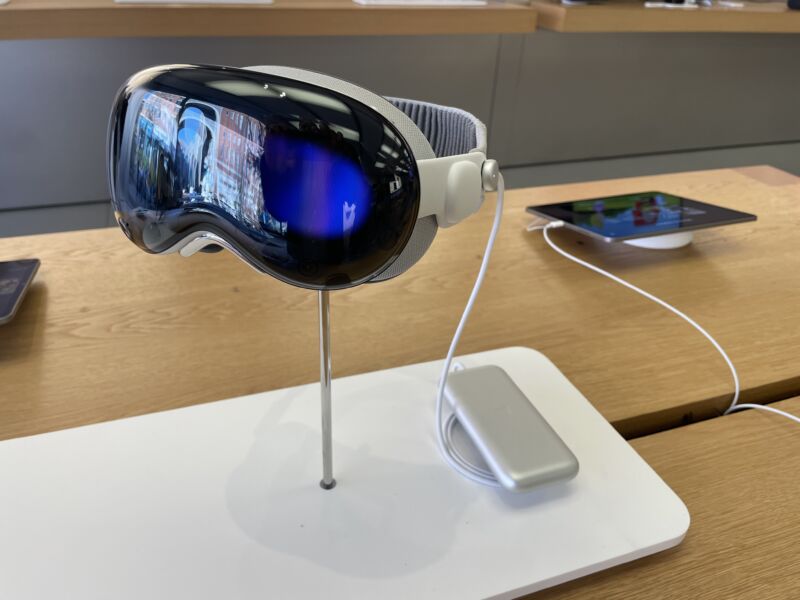
Enlarge / These mounted displays near the entrance let visitors touch, but not use, a Vision Pro. (credit: Kyle Orland)
For decades now , potential Apple customers have been able to wander in to any Apple Store and get some instant eyes-on and hands-on experience with most of the company's products. The Apple Vision Pro is an exception to this simple process; the "mixed-reality curious" need to book ahead for a guided, half-hour Vision Pro experience led by an Apple Store employee.
As a long-time veteran of both trade show and retail virtual-reality demos , I was interested to see how Apple would sell the concept of "spatial computing" to members of the public, many of whom have minimal experience with existing VR systems. And as someone who's been following news and hands-on reports of the Vision Pro's unique features for months now, I was eager to get a brief glimpse into what all the fuss was about without plunking down at least $3,499 for a unit of my own.
After going through the guided Vision Pro demo at a nearby Apple Store this week, I came away with mixed feelings about how Apple is positioning its new computer interface to the public. While the short demo contained some definite "oh, wow" moments, the device didn't come with a cohesive story pitching it as Apple's next big general-use computing platform.


